Sports
Basics Of Ice Diving And What You Need To Know
Published
3 years agoon
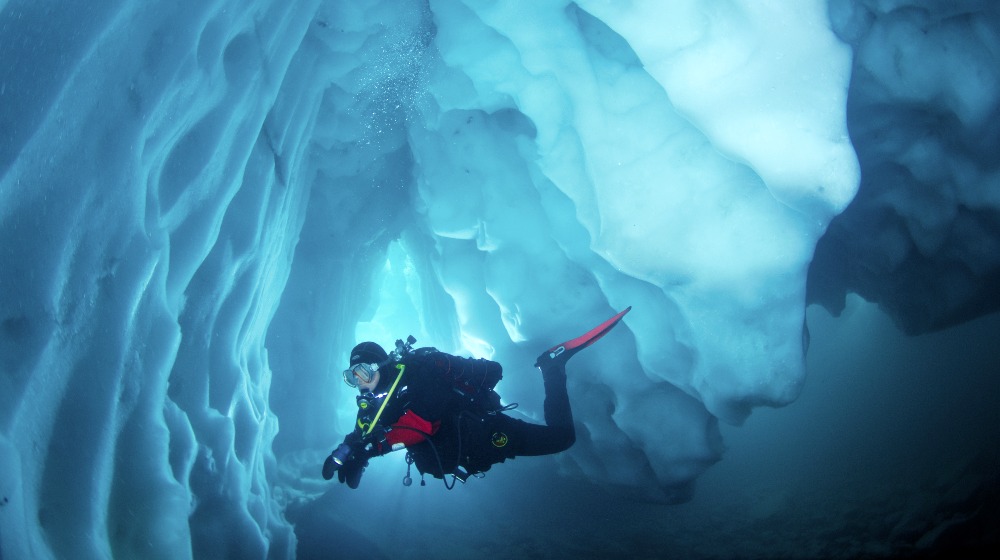
Ice diving might be the last thing on your mind especially when it’s the winter season. However, with the experience of a whole new world under the ice, you might get convinced to take the plunge. Read on to know more about ice diving.
In this article:
- What Is Ice Diving?
- Is Ice Diving Dangerous?
- What Are Ice Diving Benefits?
- What Ice Diving Gear Do You Need?
- Where Do You Do Ice Diving?
RELATED: Underwater Warrior | World’s Greatest Scuba Diving Destinations
An Introduction to the World of Ice Diving | Frequently Asked Questions
What Is Ice Diving?
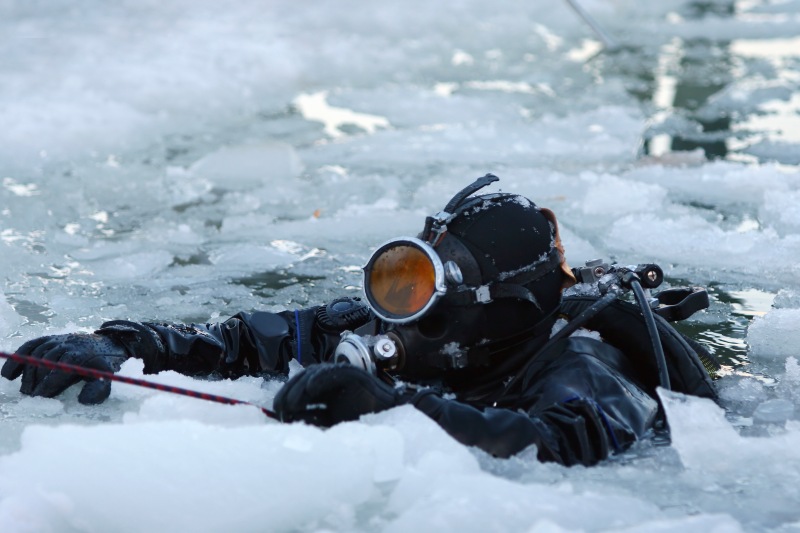
Ice diving is a specialized form of diving that happens below a broken or solid layer of ice. It’s being done for rescue and recovery, research, recreation, and other professional purposes. It gives you a chance to dive in during winter when other kinds of diving aren’t possible.
This sport is unlike other recreational dive types as the divers can’t jump into the water all at once. Only one diver can get in, and there should be sustained support from the surface. The rest of the team members must guide the diver and ensure his safety.
With this activity, you also get to experience unique species and underwater habitats. You can improve your confidence and skills, as well as develop new ones.
However, ice diving needs special gear, preparation, and procedures since it’s one of the most challenging kinds of diving. Additionally, it requires specific prerequisites. For instance, you need to have experience in a dry suit or cold water diving and more than 100 logged dives.
Is Ice Diving Dangerous?

Essentially, yes. Since ice diving has an unpredictable nature, this sport can be risky.
Don’t just dive right into the freezing water without supervision and training. Beneath those icy sheets, various problems and accidents can occur.
Since the diver is submerged in cold temperatures, he’s exposed to uncontrollable factors. The frozen environment has effects on both the diver and his equipment.
He can lose his capacity to think critically and his ability to move and use his hands. The diver might not find the exit area, and he might experience hypothermia and frostbite.
Air tanks can freeze underwater, and the weight belts can detach. The diving regulator can also malfunction. This can cause water leakage into the mouthpiece.
Avoid ice diving hazards by following safety measures and using the appropriate gear. There should be a tether line attached to the diver once he makes a hole in the surface. The other side of the line must be connected to a steady object.
There should also be someone who pays attention to the tether to signal the diver in case of unforeseen circumstances. This line will let the diver communicate with other team members in case of an emergency.
What Are Ice Diving Benefits?
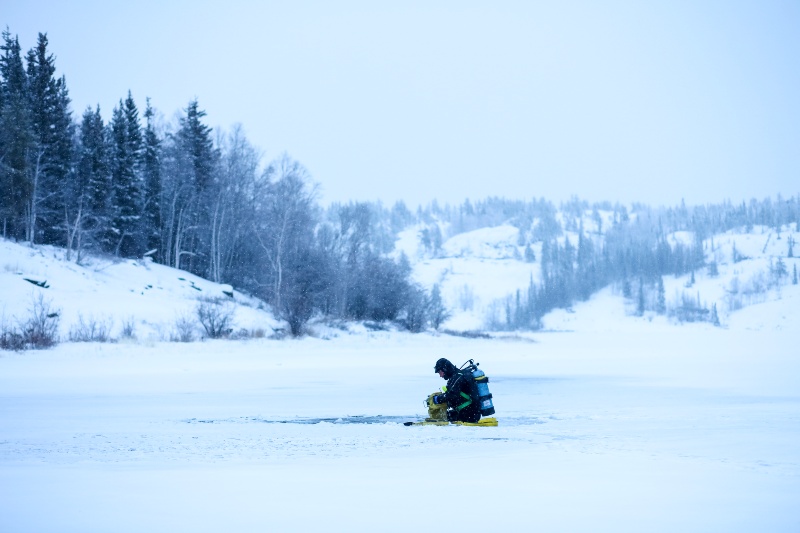
Despite being dangerous and giving you shivers, ice diving still has significant benefits.
For instance, it boosts your immune system. Since the condition will change once you’re in the cold water, it’ll improve the count of your white blood cells. Gradually, your body will become better when it comes to operating its defenses.
Ice diving is also considered an exercise. While you’re in the ice water, your heart pumps faster and your body works harder to maintain its warmth.
This leads to the burning of more calories. It also flushes your capillaries, veins, and arteries, and helps improve blood circulation.
Ice diving also triggers the release of your endorphins. These are your feel-good chemicals that can help combat depression. They lift your mood and release your stress and tension.
Additionally, this activity shoots up your libido. This increase in sexual desire results in intensified mood, more confidence, and higher self-esteem.
This sport also contributes to your social wellness. It’s one way to socialize and make new friends. Since you’ll share challenges and experiences together, you’ll feel a sense of camaraderie.
RELATED: Ice Fishing Gear Checklist For The Winter Fishermen
TIME SENSITIVE INFORMATION: EX-CIA Agent Takes You Through The Intensive Sharp Shooter Training He Learned In The CIA Academy. In Just 30 Days Learn To Be A Sharp Shooter Like Every Agent Leaving The Academy.
What Ice Diving Gear Do You Need?
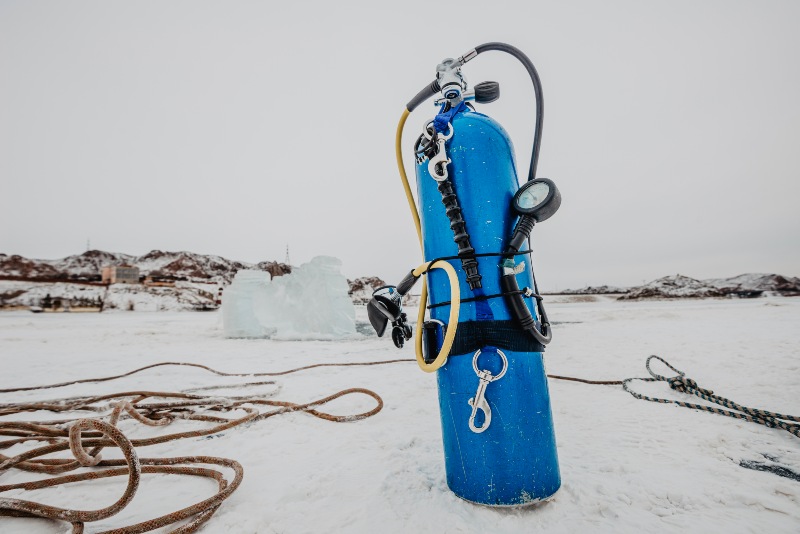
Keep in mind that you need devices that are appropriate for ice diving. Your set of equipment should include the following:
- Regulator: This is your life-support gear as it brings air from your tank so you can breathe properly. However, remember that ice crystals can cause the inner parts to run erroneously.
- Drysuit: You need a good quality drysuit to protect yourself. Its thermal insulation will help you stay warm.
- Undergarments: Thick undergarments perform well in ice diving. You can use your winter clothes like wool layers as long as you can fit them inside your drysuit.
- Hood: Choose a close-fitting dry hood so your head and neck will be comfortable during diving. You can wear a hood that’s made of neoprene as well and is also tucked-in.
- Gloves: These make for a great accessory to your ice diving journey. Dry gloves are your most ideal option, but neoprene ones will work just fine.
- Mask: Wear a full mask to cover your face and to protect your skin from being exposed to the ice water. Choose a mask that won’t fog up and has wide visibility.
Where Do You Do Ice Diving?
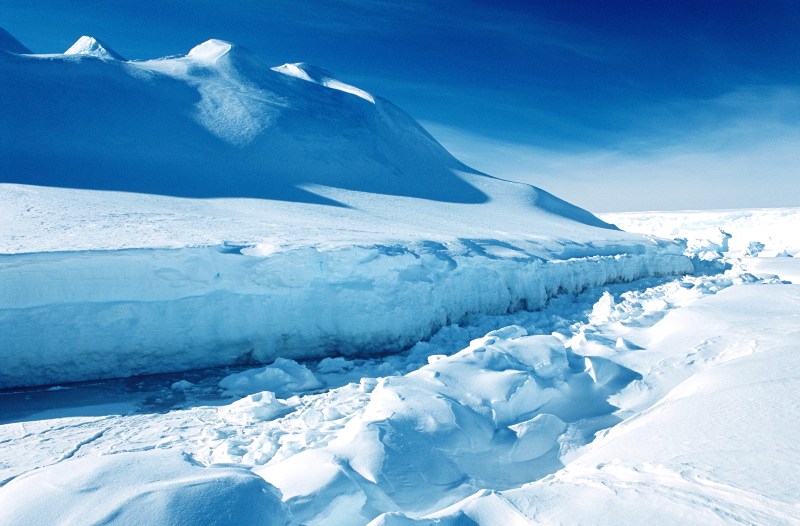
Some famous sites are the White Sea in Russia and the Great Lakes in Canada. Additionally, there are ice diving destinations in Iceland, Alaska, and Switzerland.
It’s up to your personal preference where you want to experience ice diving. However, one of the best places to visit is in Antarctica or the Arctic through a liveaboard safari. Here, you’ll encounter extraordinary wildlife and experience different kinds of diving.
The diving season in Antarctica is from November to March, and the water is at its clearest at the end of this period. Go around the Weddel Sea and the Antarctic Peninsula between December and January. During these months, the sunlight and temperatures are warmer.
On the other hand, the best time to visit the Arctic is between April and September. In April, you’ll witness humpback whales and fresh snowfall. During the later months, icebergs will start to melt, and you’ll encounter caribou, narwhals, and sea birds.
Watch this video by OPB to know more tips on ice diving:
Aside from the fascinating ice sheets, you’ll also witness the marine life under those layers once you go ice diving. Start your one-of-a-kind journey now, and explore the diversity and richness of species under the ice.
What other ice diving essentials do you have in mind that you’d like to share with beginners and pros? Let us know your thoughts in the comments section below!
Up Next:
- Top Places To Go Ice Climbing For Beginners
- Snorkeling Destinations Around The World
- Perfect Camping Lunch Ideas For A Great Summer Outdoor Experience
Don’t forget to stay connected with us on Facebook, Twitter, Pinterest, and Instagram!
You may like

How To Build A Debris Hut

Ironman Triathlon Podcast: What You Need To Know As An Aspiring Ironman

Awesome Family Camping Tips For Beginners

Hiking Safety Tips: What To Do When You Have Knee Pain On Trail? [PODCAST]

How To Craft Sharp Stone Tools To Survive The Great Outdoors

Mountain Bikers, Why You Don’t Want to Ride Like a Pro!

Hiking Boot Accessories
The Handgun Safety Test For Beginners
These Hunting Shotguns Are The Best Bang For Your Buck
11 Types of Guns That Will Keep You Alive On Doomsday
Best ATV Tires – The Top 6 Lightest Mud Tires
Arizona Hunting Laws and Regulations

The Top 5 Hunting Guns You’ll Ever Need For A Wilderness Walk-out

Hunting And Conservation Discussion | Call Of The Outdoors Podcast [LISTEN]
The Handgun Safety Test For Beginners
These Hunting Shotguns Are The Best Bang For Your Buck
11 Types of Guns That Will Keep You Alive On Doomsday
Best ATV Tires – The Top 6 Lightest Mud Tires
Arizona Hunting Laws and Regulations

The Top 5 Hunting Guns You’ll Ever Need For A Wilderness Walk-out






